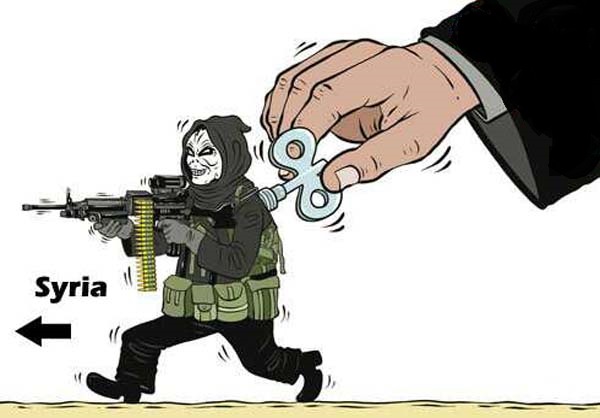
Islam sees a woman - whether single or married - as an individual in herself with the right to own and dispose of her property and earnings as she pleases. At the time of marriage, the groom gives a marriage dowry to the bride for her own personal use, and she keeps her family maiden name rather than changing it to her husband’s last name.
Both men and women are expected to dress in a way that is modest and dignified. The Muslim woman is required by the Qur’an to cover her entire body with the exception of her face and hands while in the presence of men whom she is not related to (or permitted to marry). This drees code is often referred to as the Islamic hijab.












 The Shi‘a and Sunni schools of thought form the two wings of the Islamic nation that allow it to fly and carry out its lofty objectives. A great Muslim scholar once said, “Those who attempt to cause division between the Shi‘a and Sunni are neither Shi‘a nor Sunni.” Written under this premise, the book in hand should clarify some common questions and inquiries about the philosophy and practice of Shi‘a Islam. The Shi‘a and Sunni schools of thought differ primarily in jurisprudence and have far more similarities than differences. Every school of thought in Islam must be respected because they all can lead people to salvation.
The Shi‘a and Sunni schools of thought form the two wings of the Islamic nation that allow it to fly and carry out its lofty objectives. A great Muslim scholar once said, “Those who attempt to cause division between the Shi‘a and Sunni are neither Shi‘a nor Sunni.” Written under this premise, the book in hand should clarify some common questions and inquiries about the philosophy and practice of Shi‘a Islam. The Shi‘a and Sunni schools of thought differ primarily in jurisprudence and have far more similarities than differences. Every school of thought in Islam must be respected because they all can lead people to salvation.

